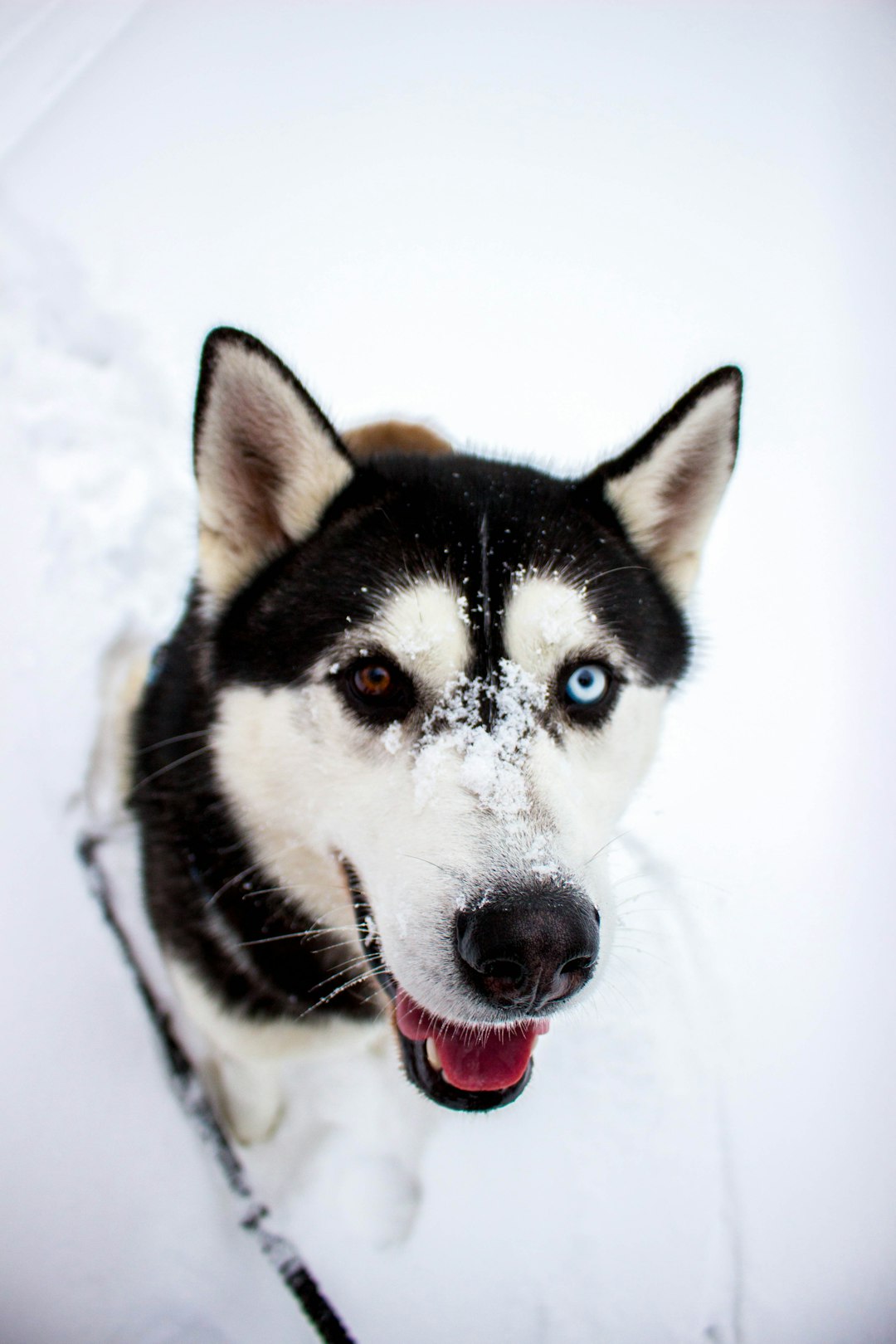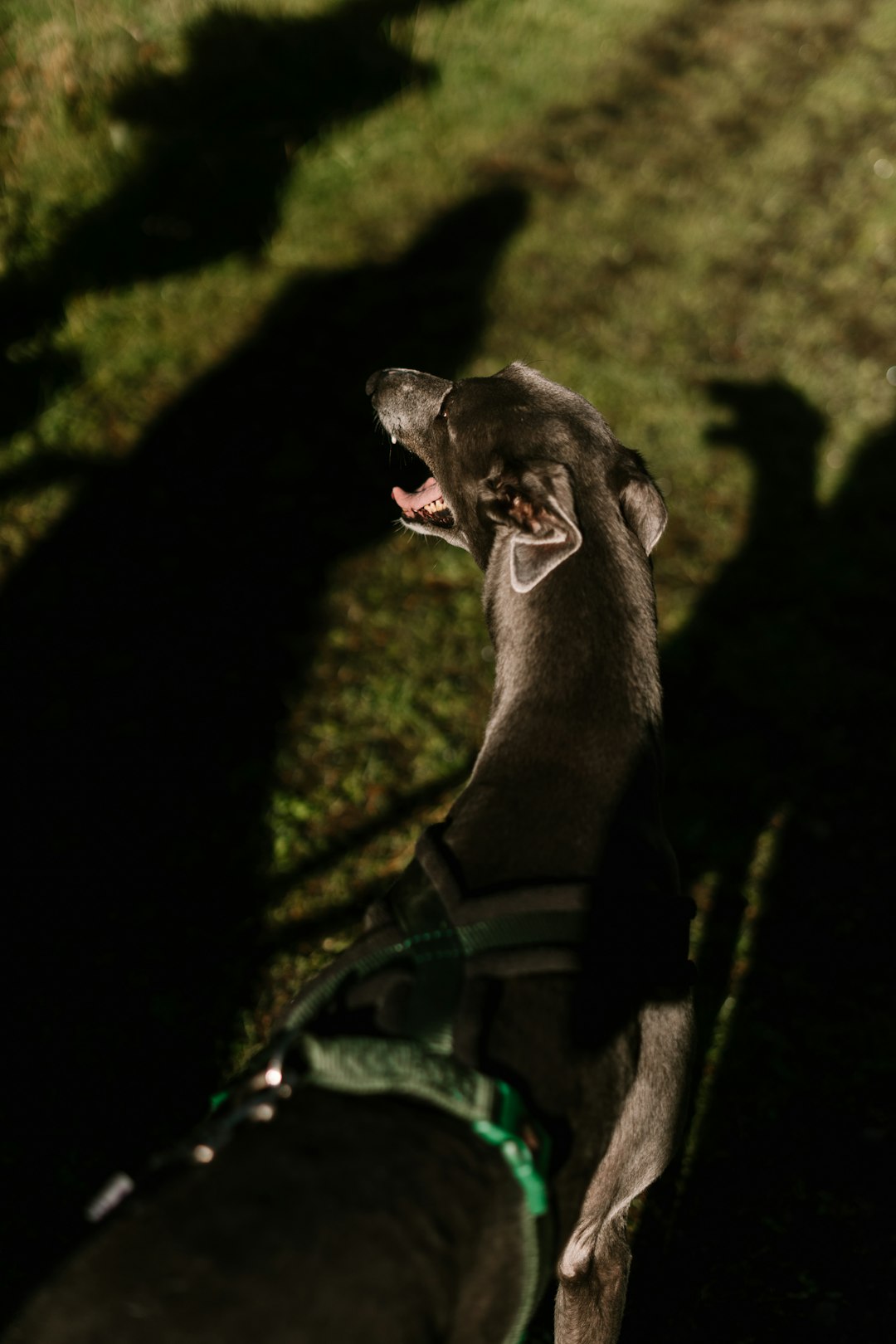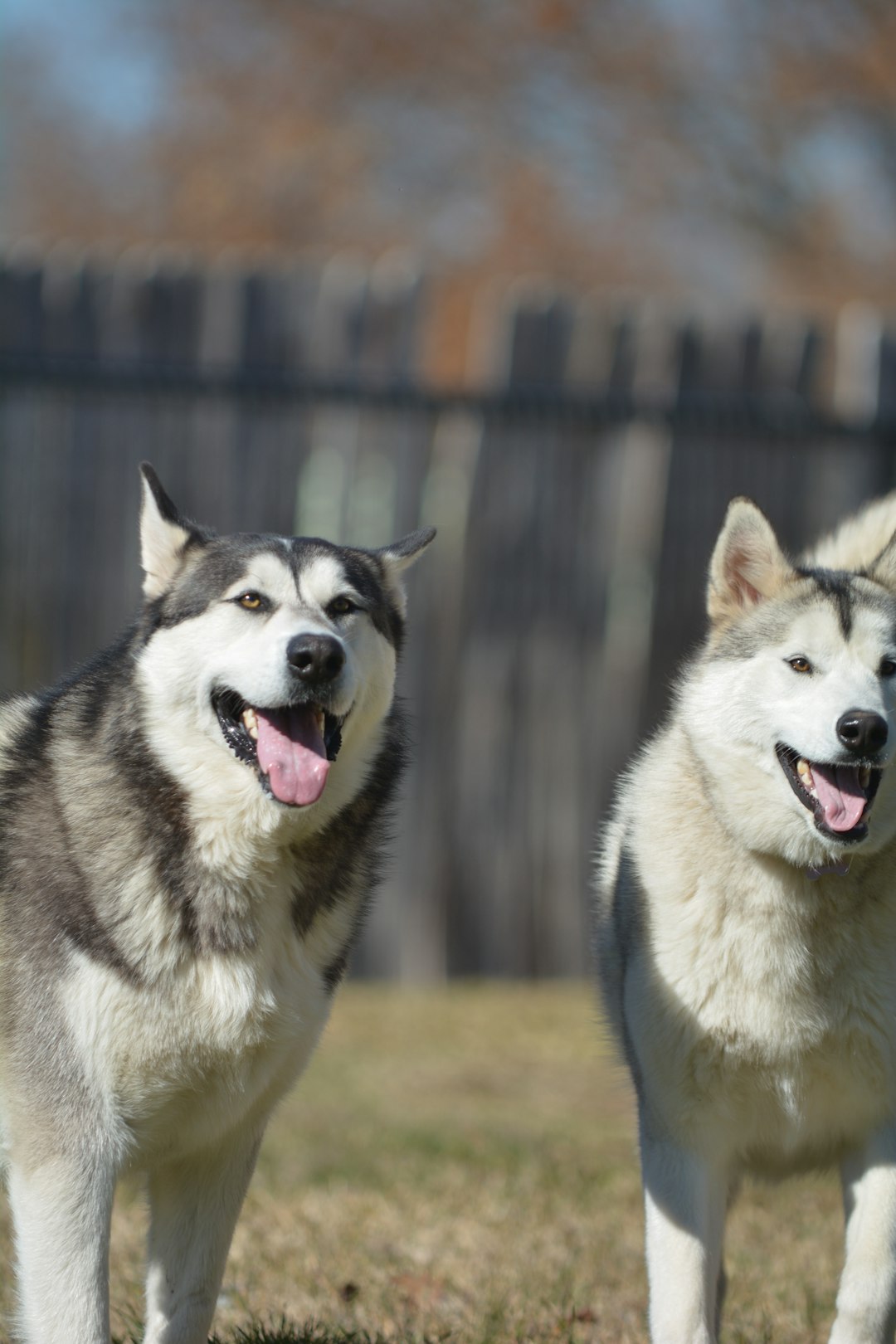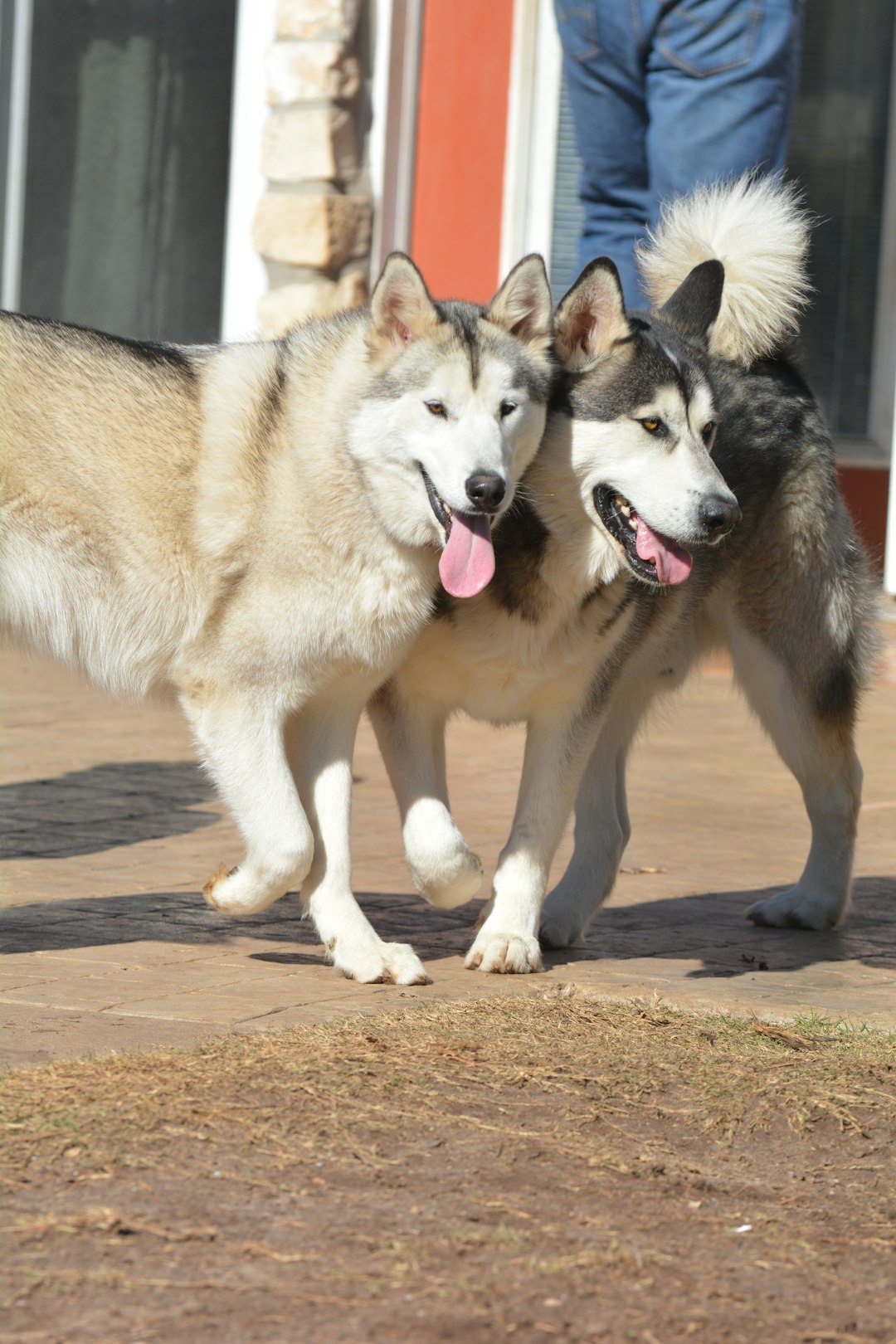Ever looked at your pup and thought, “Wow, that skin tag has way too much character?” Well, hold onto your dog biscuits because the world of Cancerous Skin Tags on Dogs Images is both quirky and a little concerning. Just like that one friend who shows up to every party with a different hairstyle, some skin tags can be harmless, while others might just be planning a not-so-pleasant surprise party in your dog’s dermis. So, let’s dive into the fur-tastic realm of spotting the good, the bad, and the downright alarming when it comes to your furry friend’s skin health!
Understanding Skin Tags in Dogs

Ah, skin tags — the sometimes-silly, sometimes-worrisome growths that pop up like uninvited party guests on your dog’s body. But fear not! Understanding these haphazard hangers-on is as easy as a game of fetch!
Here’s a quick breakdown:
- What Are Skin Tags?
Skin tags are small, benign growths that often resemble little flaps of skin. They’re usually harmless and tend to appear as dogs age. Think of them as “nature’s wrinkle.” - Where Do They Show Up?
These pesky blips can appear anywhere — from those charming doggy ears to the less-have-fun belly area. The more, the merrier, but we prefer less melodrama! - Should You Worry?
Most skin tags are as innocent as your pup’s big brown eyes. However, some may harbor a darker agenda (cue suspense music) and turn out to be cancerous. Always stay alert!
So, next time you spot those Cancerous Skin Tags on Dogs Images popping up in your veterinary queries, remember: not every skin tag is cause for concern. But knowing how to differentiate is key to keeping your furry friend happy and healthy!
Identifying Cancerous Changes

Ah, the joys of being a dog owner! Nothing brings more joy than playtime and the occasional surprise cuddle session. But wait, what’s this? A lump? A bump? It’s time to put on your detective hat and become the Sherlock Holmes of canine skin issues.
Here are some key changes to look out for when examining your furry friend’s skin:
- Color Change: If a skin tag suddenly goes from a lovely shade of “doggie peach” to “moldy avocado green,” alert your vet.
- Size Matters: If that tiny tag is auditioning for a role in Growing Up: Skin Tag Edition, it may be time to call in the professionals.
- Texture Trouble: Smooth tags should stay smooth. If they become crusty, flaky, or just plain funky, don’t ignore those signs!
- Bleeding or Discharge: If you see more ooze than your dog’s favorite bone, suspect foul play—specifically, cancerous skin tags on dogs.
For a more visual approach, check out Cancerous Skin Tags on Dogs Images. They could transform you from an amateur to a pro in identifying those sneaky changes. Stay vigilant and keep your pup happy and healthy!
Common Symptoms of Cancerous Skin Tags

Ah, the world of cancerous skin tags on dogs images—as delightful as a trip to the vet with a stubborn pup. But knowing how to identify symptoms can make the difference between a harmless skin tag and something more sinister. Here’s what to look for:
- Color Changes: If the skin tag turns from its usual brownish hue to a more garish shade, it could be waving a red flag—like a party crasher at a serene dog paw-ty!
- Size and Shape Alterations: A skin tag that appears to be in a growth spurt or changes shape faster than your dog can chase its tail is worth a double-take.
- Bleeding or Oozing: If your dog’s skin tag looks like it’s auditioning for a horror film, with blood or discharge—time to call in the professionals!
- Lumps Nearby: If you find neighboring lumps, it may be a “ladies and gentlemen, we have a situation” moment.
- Behavior Changes: If your furry friend seems extra grumpy or lethargic, it might not just be from lack of treats.
Remember, spotting these symptoms early and taking a sneak peek at cancerous skin tags on dogs images can help you determine whether it’s time to schedule a vet visit. After all, no one wants a drama queen on four legs!
Differentiating Between Benign and Malignant Tags
So, you spotted a little skin tag on your pup and wondered, “Is this a benign tag or a sneaky malignant imposter in disguise?” Don’t fret; we’ve all been there! Recognizing the difference can save your dog from unnecessary drama and you from Googling “Cancerous Skin Tags on Dogs Images” at 3 AM.
Here’s a quick showdown:
| Feature | Benign Skin Tag | Malignant Skin Tag |
|---|---|---|
| Appearance | Smooth and soft, like your dog’s favorite blanket | Rough and irregular, not unlike that lumpy couch cushion |
| Size | Typically small, think of a pea | Can grow up to the size of an egg – yikes! |
| Color | Usually skin-colored or light brown | Darker shades, sometimes multicolored – a fashion faux pas |
| Behavior | No itching or discomfort (just chillin’) | Might be red, itchy, or bleeding – not so chill |
Remember, not all skin tags come with an Oscar-winning backstory. If you’re unsure, immediately check those “Cancerous Skin Tags on Dogs Images” online, but just make sure to consult your vet. After all, it’s always best to have your dog’s skin status as clear as your Netflix viewing history!
The Importance of Regular Skin Checks
Just like you wouldn’t skip on your canine’s weekly belly rub, you definitely shouldn’t skip regular skin checks! Trust me, your pup’s skin can tell you a lot—more than just “I’m covered in fur!” Here’s why you need to pay attention to those little lumps and bumps:
- Early Detection: Spotting Cancerous Skin Tags on Dogs Images early means your furry friend stands a better chance of recovery. And who doesn’t want to see their pup chasing its tail well into old age?
- Routine Checks: Give your doggo a good once-over during playtime. Check for any unusual growths, especially around sensitive areas. It’s like looking for hidden treats, but way more important.
- Know What to Look For: Focus on:
- Size changes
- Color alterations
- Any sudden growths (like they’re auditioning for a doggy horror movie!)
Regular skin checks can save you from turning your living room into an “Emergency Vet” waiting room. You’ll be the dog parent who stays two steps ahead—even if that means checking Cancerous Skin Tags on Dogs Images for reference at the vet’s office!
Visual Guide: Recognizing Cancerous Skin Tags
Alright, dog lovers! Let’s take a moment to play detective. When it comes to spotting cancerous skin tags on dogs, it can feel like searching for a needle in a haystack. But don’t fret, we’ve got your back! Here’s a visual guide to help you decode those puzzling skin tags:
Key Characteristics of Cancerous Skin Tags vs. Benign Tags
| Feature | Cancerous Skin Tags | Benign Skin Tags |
|---|---|---|
| Color | May vary, often darker | Usually skin-toned |
| Texture | Irregular and rough | Smooth and soft |
| Shape | Asymmetrical | Symmetrical |
| Size | Generally larger than a pea | Usually small and round |
| Growth Rate | Rapid growth | Slow-growing |
Quick Tips to Spot Them:
- Check for Change: If your pup’s skin tag suddenly throws a disco party by changing size or color, it’s time to take notice.
- Location, Location, Location: Tags in odd places (like on their ear or belly) can be a red flag!
- Feel the Texture: If it feels like a rough roadmap instead of a cozy pillow, it might raise some eyebrows.
Remember, when in doubt, consult your friendly neighborhood vet! Using cancerous skin tags on dogs images can make spotting these tags a tad easier, but nothing beats a professional opinion. Keep those paws healthy! 🐾
Visual Guide: Recognizing Cancerous Skin Tags
Alright, dog parents, let’s put on our detective hats! With the help of some Cancerous Skin Tags on Dogs Images, we’re turning symptom spotting into an art form.
Here’s a quick visual guide to help you differentiate those pesky skin tags:
| Characteristic | Benign Skin Tag | Cancerous Skin Tag |
|---|---|---|
| Appearance | Smooth and fleshy | Irregular shape, may bleed |
| Color | Similar to skin tone | Varied: red, brown, or black |
| Size | Small (1-5mm) | Large (over 1cm) |
| Changes Over Time | Stay the same size | Rapid growth, change in texture |
Keep an eye out for changes in size, color, or if your pup is trying to give you a dangerous game of tag with those lumps! By frequently checking, you can catch any suspicious bumps early on. Remember, a picture is worth a thousand barks, especially when using handy Cancerous Skin Tags on Dogs Images as a reference!
Finally, don’t forget – if you’re ever in doubt, consult your vet. Your furry friend’s health deserves top priority!
Preventive Measures for Skin Health in Dogs
Keeping your dog’s skin as healthy as a well-trained squirrel dodging a car is crucial! Here’s how to keep those lovely furballs protected against pesky skin tags and other ailments:
- Regular Grooming: Think of grooming as the spa day your dog didn’t ask for but desperately needs. Regular brushing helps you spot any weird lumps or bumps, including those sneaky skin tags. Plus, it gives you both an excuse to bond over some serious fluffiness!
- Balanced Diet: A doggy diet rich in vitamins and omega fatty acids makes the skin glow like a freshly polished diamond. Remember, you are what you eat! Well, in this case, your dog is what they eat, and it’s crucial for skin health.
- Routine Vet Checks: Schedule annual or semi-annual vet visits. Your veterinarian can perform skin evaluations that’ll save you from endless Googling “Cancerous Skin Tags on Dogs Images.” Trust me, their expertise beats any search engine’s suggestions.
- Sun Protection: Just like you wouldn’t sunbathe without sunscreen, your dog needs protection too! Invest in some pet-friendly sunscreen, especially for light-coated breeds.
By following these tips, you’ll minimize the risk of those cringe-worthy cancerous skin tags on dogs and ensure your furry friend lives a long, happy life, full of tail wags and belly rubs!
Frequently Asked Questions
What are cancerous skin tags in dogs?
Cancerous skin tags in dogs are like those party crashers who show up uninvited and take over the whole shindig! While regular skin tags are just harmless little flaps of skin, cancerous ones are the mischievous cousins that start causing trouble. These growths can appear unexpectedly and may be a result of various cancers, signaling your pup needs a vet’s attention. So, better to call for reinforcements – a.k.a. your veterinarian – if you spot one!
How can I recognize if my dog has skin tags or something more serious?
Ah, the age-old question of skin tags versus the dark underbelly of skin cancer! To spot the difference, investigate like a canine Sherlock Holmes. Skin tags are usually soft, movable, and non-painful, resembling little bits of flab. In contrast, cancerous growths might be hard, growing rapidly, and could cause your dog more discomfort than your attempts to get them into a bath. If you’re in doubt, don’t hesitate to reach for the canine medical equivalent of ‘batman’: your veterinarian!
What should I do if I find a suspicious skin tag on my dog?
Finding a suspicious skin tag is like discovering your favorite snack has been replaced by kale chips – it’s alarming! First, resist the urge to panic. Grab your detective hat, observe closely, and take note of any changes – color, size, or bleeding. Then, strut your way to the vet like a celebrity at a red carpet event. It’s important to get a professional opinion. Better safe than sorry, and you might score a few treats for your pup during the visit!
Can skin tags be removed and will my dog be okay afterward?
Removing skin tags from dogs is a bit like decluttering your closet; sometimes you just have to get rid of the unnecessary stuff! Yes, the vet can wave their magic wand (okay, it’s more like a scalpel) and remove those tags. Generally, pups bounce back faster than you can say ‘doggy ice cream,’ but recovery depends on the individual dog and how many ‘uninvited guests’ were at the party. Always follow post-op instructions to ensure your furry friend is back chasing squirrels in no time!



